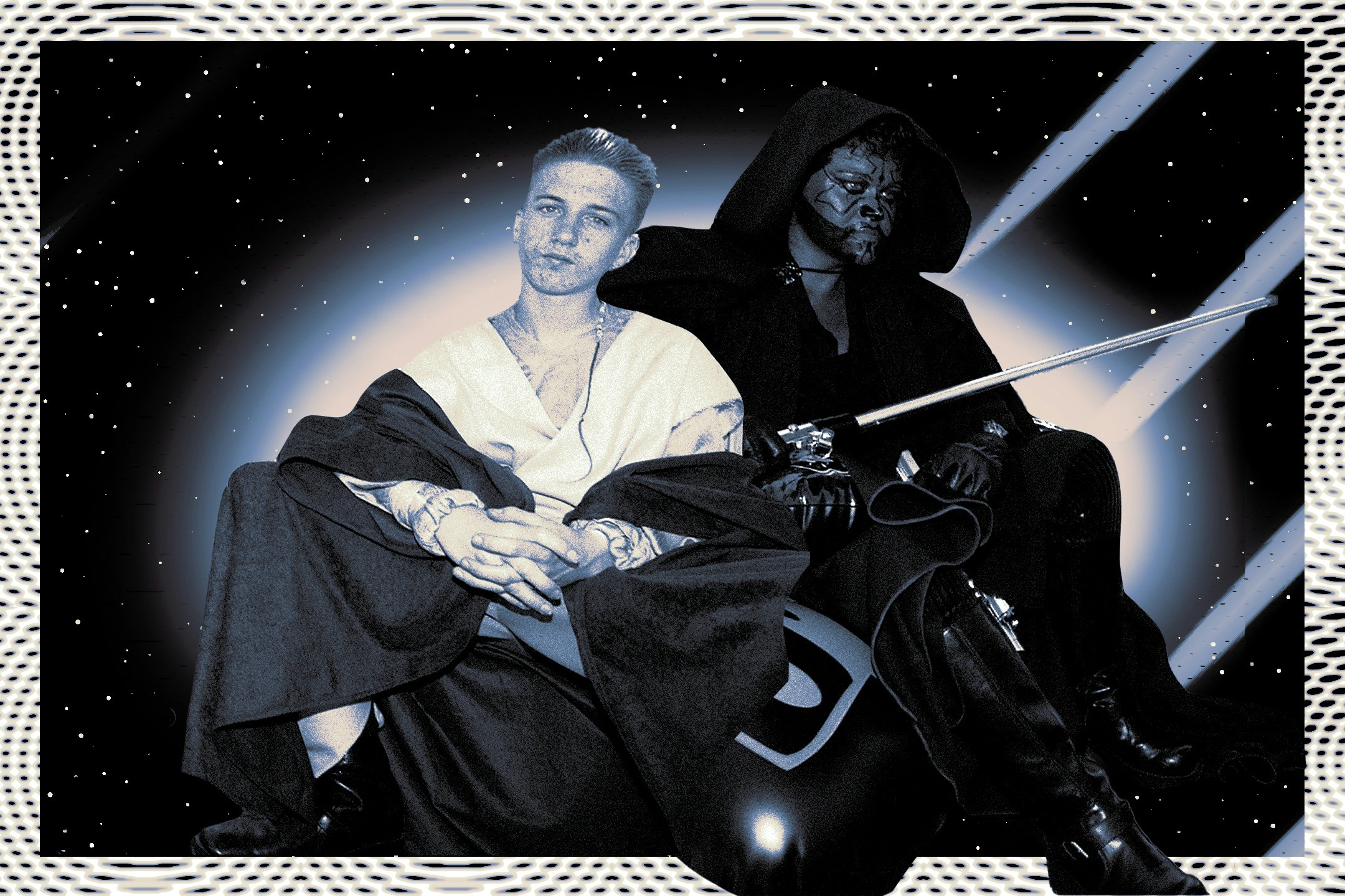
In Star Wars: Episode I: The Phantom Menace, two separate scenes simultaneously lionize and trivialize the effectiveness of eye-witness testimony. Qui-Gon and Obi-Wan can barely convince the Jedi Council that they glimpsed a wicked Sith Lord, while the Galactic Senate doesn’t seem to buy Queen Amidala’s assertion that her planet is currently getting blockaded by the Trade Federation. Because the authorities are in a state of denial, our heroes find the entire trip to Coruscant is effectively wasted, and everybody has to end up heading back to Naboo to do some real work.
It feels like wonky plotting now, but it’s also an accidentally brilliant metaphor for Star Wars fandom rage in general: You can complain all you want, but at the end of the day, you’re gonna have to move on. And yet, one question lingers when it comes to the Star Wars prequels — has everyone moved on? Really?
I remember The Phantom Menace backlash. I was there. And yet, my history is starting to seem incorrect, or, at the very least, biased by my own experience. Of this I’m sure: The backlash did, in fact, take place. But by taking a larger view of the Force, I have started to wonder if the backlash against The Phantom Menace really mattered as much to Star Wars fans as they thought it did — regardless of which side of the debate you were on.
As someone who, at the age of 17, camped out for Phantom Menace tickets in the summer of 1999, I decided to look back at this strange disturbance in the Force, and, to get a sense from other Star Wars fans and experts how this time felt, how we remember it, and what it all means, 25 years later.
The Generation That Remembers...
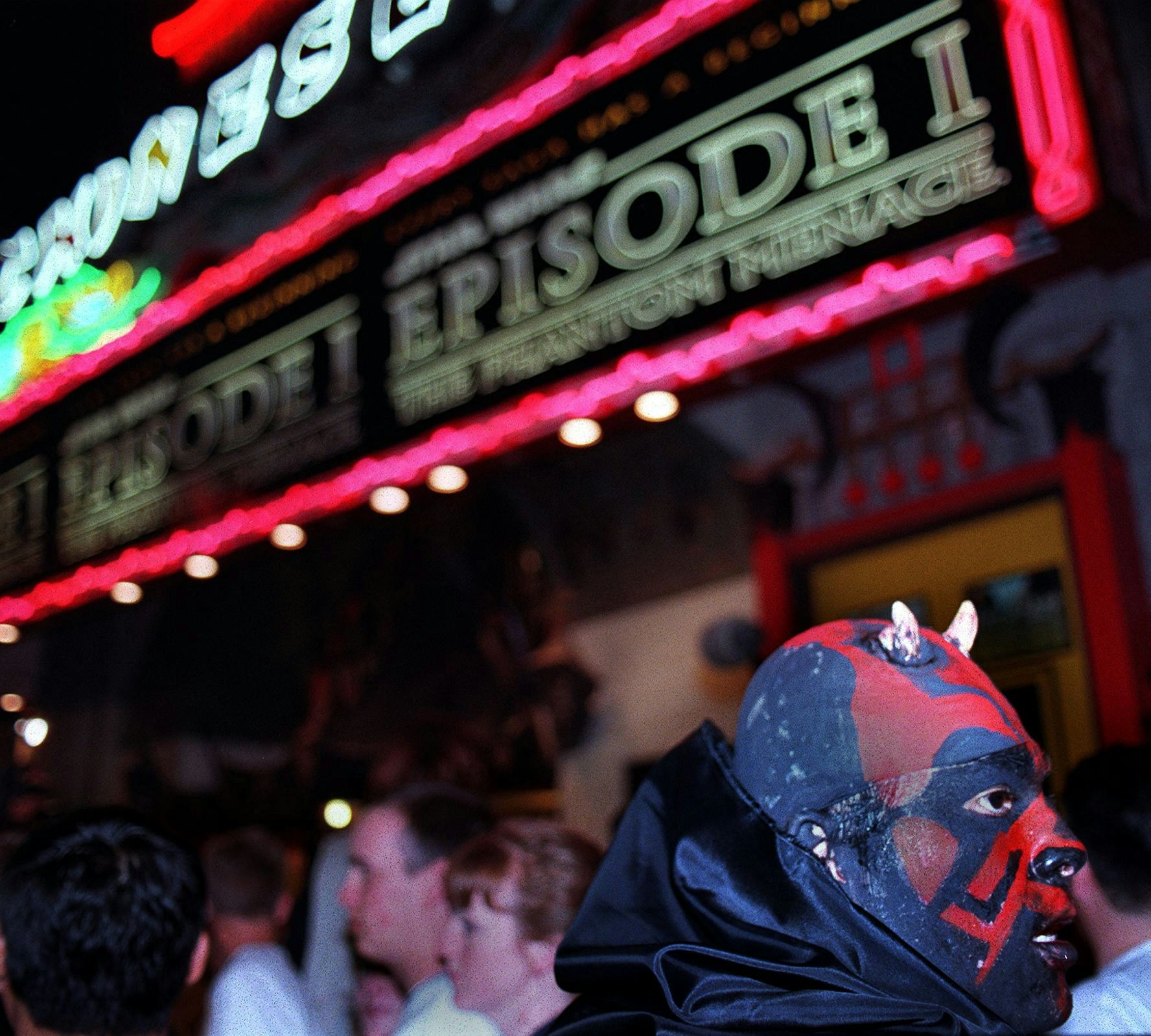
“How crazy to live in a universe where people could forget how bad the backlash was!” Bradley Weatherholt tells Inverse. He’s referring to the very real phenomenon of Star Wars fans, currently in their 20s (or younger), who were, of course, either not born yet in 1999 or too young to be aware of the weird thing that happened where a bunch of adults freaked out about a space movie. In 2016, Weatherholt released a documentary called The Prequels Strike Back, a defensive take on the Star Wars prequels, which, depending on how you look at it, was either released too late or much too early.
“It’s so embedded in my memory. Maybe a week after The Phantom Menace was out, people were like, ‘Maybe it’s OK. Maybe it’s not.’ Then, immediately, the discussion was overwhelmingly negative, and that was the fanbase, which was adults at that point.”
Weatherholt is right: Like proving to a religious extremist that the fossil record is real, we have some demonstrable proof that there was a sizable part of the population that said horrible things about the prequels, even years after all three films were released. In 2006, Patton Oswalt performed a stand-up routine called “At Midnight I Will Kill George Lucas With a Shovel,” which appeared on his 2007 comedy album Werewolves and Lollipops. In 2001, at the start of the second season of the iconic sitcom Spaced, Simon Pegg’s character, Tim, loses his job over his hatred of The Phantom Menace and of Jar Jar Binks in particular. And these are just examples of jabs at prequels that are actually funny. There was also an entire subculture of Phantom Menace and prequel hate that sprang up, giving way to embarrassing and offensive songs like “George Lucas R*ped Our Childhood” by the Hot Waffles, as well as an overwhelmingly negative 2010 documentary called The People Versus George Lucas.
Even leading into the promotion of The Force Awakens, J.J. Abrams joked that he considered putting the deceased remains of Jar Jar Binks into the desert on Jakku, to send a message to old-school fans that his Star Wars was not going to be like the prequels. “I have a thought about putting Jar Jar Binks’ bones in the desert there,” Abrams told Vanity Fair in 2015. “I’m serious! Only three people will notice, but they’ll love it.”
Abrams’ “three people” seems to indicate that the group of Phantom Menace haters was small. But we know it was large enough to make Binks actor Ahmed Best contemplate suicide and to shatter the mental health of young Jake Lloyd, who starred in the film as 9-year-old Anakin Skywalker.
“They weren’t very well-received,” Ewan McGregor said in 2022 of the prequel reputation, eliding the backlash with the perfect amount of Obi-Wan Kenobi dry wit. In other words, “weren’t very well-received” seems like an understatement the size of the Death Star.
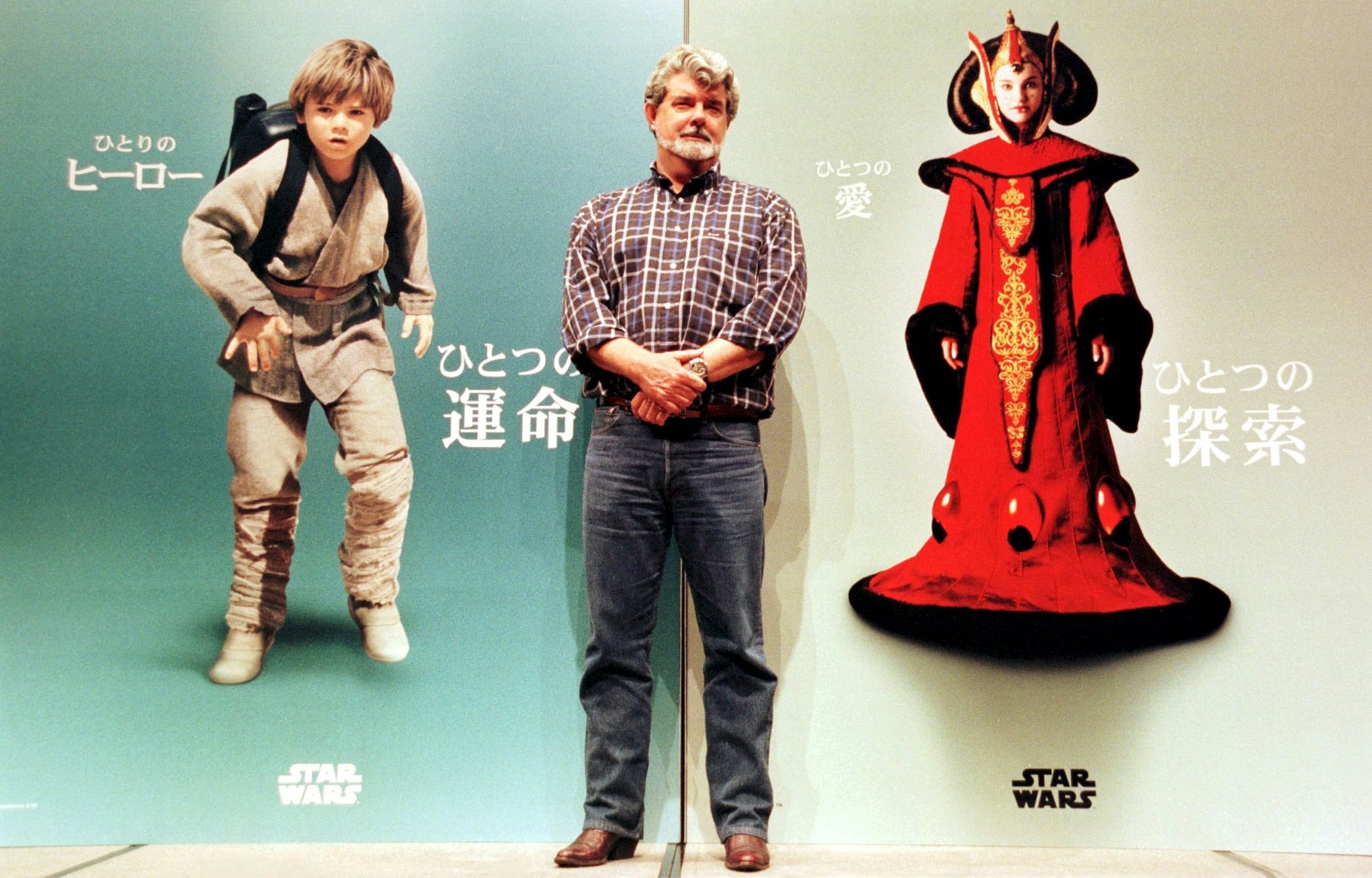
Still, beyond the extreme fanboy gatekeeping — which feels easy to ridicule in hindsight because of its intensity — it’s also easy to lose sight of the fact that many people had good-faith problems with the prequels. Hugo Award-nominated editor Allison Hartman Adams puts it like this: “I was in college at the time, and I worked very hard to like The Phantom Menace more than I did. I appreciated the glossy beauty and the spectacle that up-to-date special effects offered, but I found that the lack of special effects and the cobbled-together element to the costumes, characterization, and scenery of episodes IV, V, and VI is the exact reason those movies did work. They were relatable. The prequels weren’t.”
In essence, the classic films had a scrappy charm that wasn’t replicated in The Phantom Menace, either by design or by accident. “The prequels seemed to me like they were taking themselves way too seriously,” Adams continues. “Very earnest one minute then devolving into slapstick the next without any purpose or artistry.”
Indeed, for all of its bright spots, the incongruity of the tone of The Phantom Menace still feels jarring today, for any type of movie. As critic Matt Singer wrote in his recent retrospective of The Phantom Menace for Screencrush: “...the film keeps bouncing between genuinely cool characters and moments... and literal poop and fart jokes.”
A Phantom Backlash
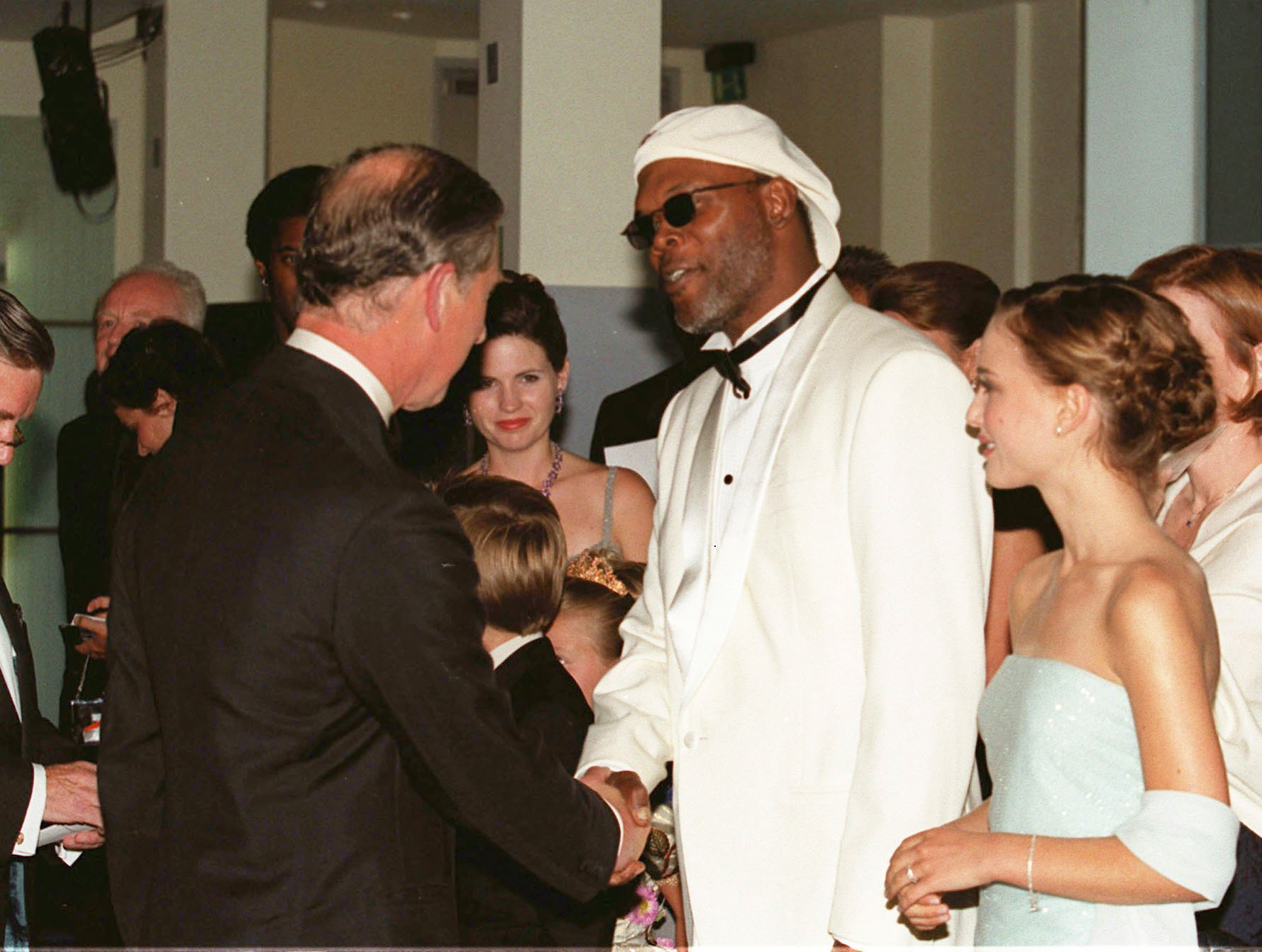
Strangely, unlike the savage reviews of the original 1977 Star Wars back in the day, early buzz for The Phantom Menace — from respected mainstream sources — was generally positive. Janet Maslin’s review of The Phantom Menace in the New York Times, dated May 19, 1999, is largely upbeat. And, in some ways, she captures the entire pros and cons of the film succinctly in one section:
“But stripped of hype and breathless expectations, Mr. Lucas’s first installment offers a happy surprise: it’s up to snuff. It sustains the gee-whiz spirit of the series and offers a swashbuckling extragalactic getaway, creating illusions that are even more plausible than the kitchen-raiding raptors of Jurassic Park. While the human stars here are reduced to playing action figures, they are upstaged by amazing backdrops and hordes of crazily lifelike space beings as the Lewis Carroll in Mr. Lucas is given free rein. The Star Wars franchise was funnier and scrappier when it was new. But it simply wasn’t capable of this.”
There’s a shadow of the biggest mainstream critique of Lucas embedded in the “up to snuff” praise here: that he relied too much on CGI to tell a story and not enough on people. But, interestingly, the early positive review in the New York Times reveals another truth: A movie that makes $1.043 billion at the box office is a movie that most people don’t just like — they love it. Which means, the backlash, however loud it sounded, probably didn’t have that much of an impact. At least not over time.
“I don’t recall seeing much backlash personally,” Jill Pantozzi says. As the former editor of Gizmodo and The Mary Sue, Pantozzi knows her way around various fandom conversations and is one of the sharpest fandom experts around. And, although she’s from the same generation as myself and Weatherholt, Pantozzi doesn’t recall the backlash as strongly. “I was in high school when Phantom Menace was released,” Pantozzi continues. “And I was still in shock that we were getting another Star Wars movie. Of course, there were things about each of them I didn’t care for, but I feel like they got a bad rap unnecessarily.”
Ryan Arey, the host of popular videos on Screencrush’s YouTube channel, also points out that there’s one positive side effect of the prequel era that fans “take for granted now.” Because buying movie tickets online simply wasn’t a thing in 1999, diehard fans gathered in huge lines to camp out for tickets, and then, on opening night, to be among the first to grab seats for The Phantom Menace. This tradition continued for Attack of the Clones and Revenge of the Sith, too. “I remember the camaraderie of opening night — actually at midnight,” he says. “I had never been in a room like that before, with my geek peers. It was a special time.”
Time Heals All (Lightsaber) Wounds
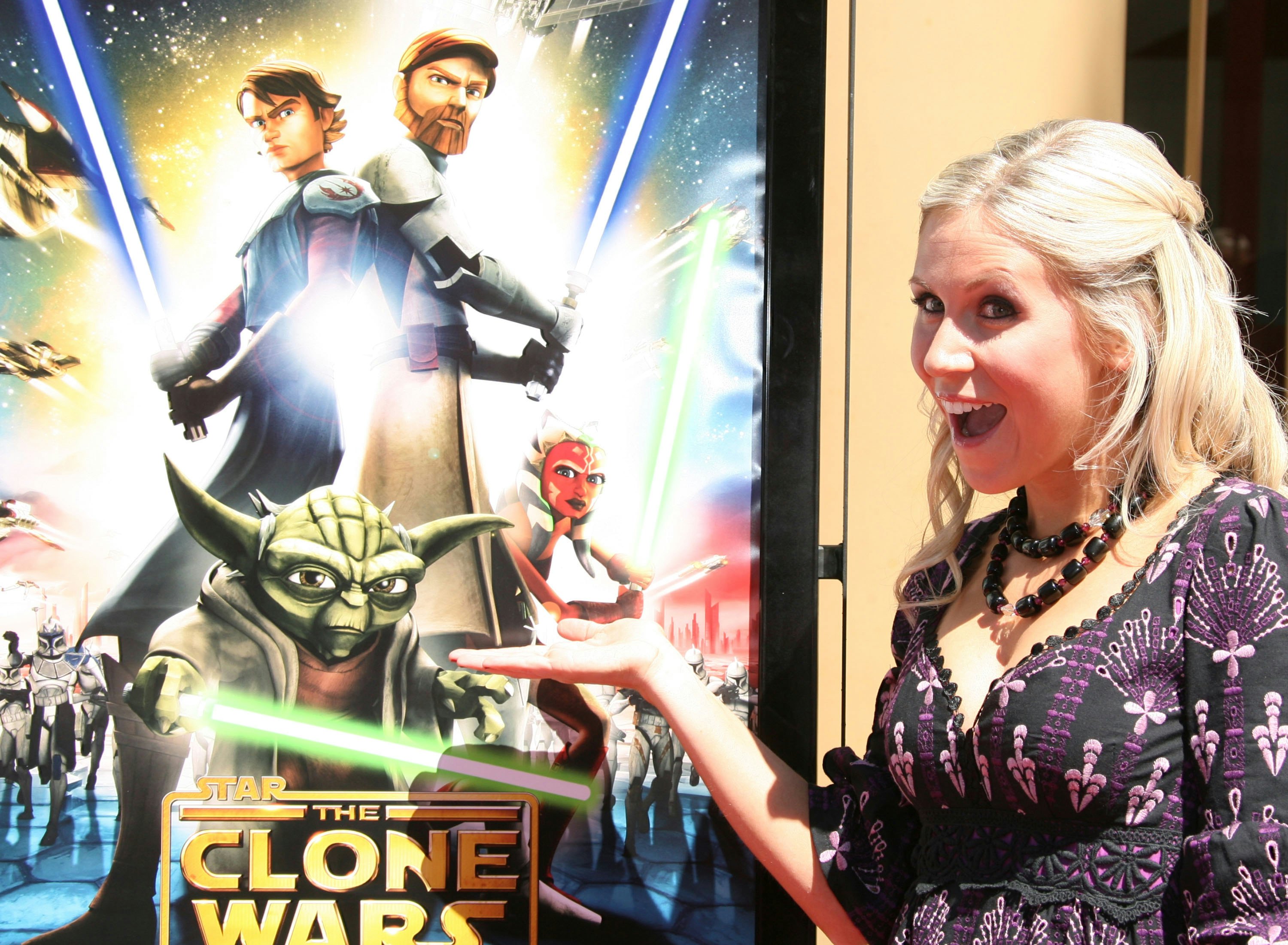
In Back to the Future, Marty McFly articulates a pervasive theory about pop culture: “I guess you guys aren’t ready for that yet — but your kids are gonna love it.” This seductive paradigm seems to neatly explain how the prequels got their grove back and beat the backlash: One generation’s trash is another generation’s treasure.
“Back when we made those films, we didn’t really hear much from young fans,” Hayden Christensen said in 2022. “But now that they’ve grown up and have more of a voice, and the younger generations have been introduced to them, these films are seen differently.” He’s probably right, but how that transformation occurred is notable, because it’s not only that time passed. Other stuff that was created out of the prequels — the various side effects of the prequels — are probably more responsible for the fading backlash than anything about the films themselves.
Star Wars author and geek culture expert Amy Ratcliffe says the prequel backlash missed her almost entirely thanks to the fact that she got into Star Wars after 2008, mostly thanks to the animated series The Clone Wars: “I was indeed aware of fandom backlash to the prequels but only what I’d heard from the folks I knew in real life,” Ratcliffe explains. “[But] I didn’t have decades of fandom to bring to the prequels. In fact, it was the setting of The Clone Wars during that era and seeing Anakin’s story in more detail that made me revisit the prequels and see the wonderful story beats there.”
The Clone Wars debuted in 2008, three years after Revenge of the Sith had come and gone, and, in essence, planted the Star Wars flag between two prequels for the foreseeable future. When you consider that there are 133 episodes of The Clone Wars, translating to roughly 66 hours of Star Wars content — triple the running time of all 11 theatrical films — one truth becomes evident: Most of Star Wars happens inside of the prequels, and most of Star Wars is The Clone Wars.
“Honestly, the Lego Star Wars [prequel] games rock,” Pantozzi enthuses, pointing to another ancillary prequel thing that helped bring this part of Star Wars to an entirely different generation.
Lev Grossman, author of The Magicians trilogy — and the upcoming novel The Bright Sword — agrees, arguing that in some ways, the prequels “probably weren’t really meant to be movies.” Grossman, an actual child when the original films came out, still feels the classic films are the best version of Star Wars. But, like Pantozzi, Grossman suggests that the best version of the prequels is perhaps not found in the films. “They found their truest form in the Lego Star Wars games. I feel like a lot of kids grew up on those.”
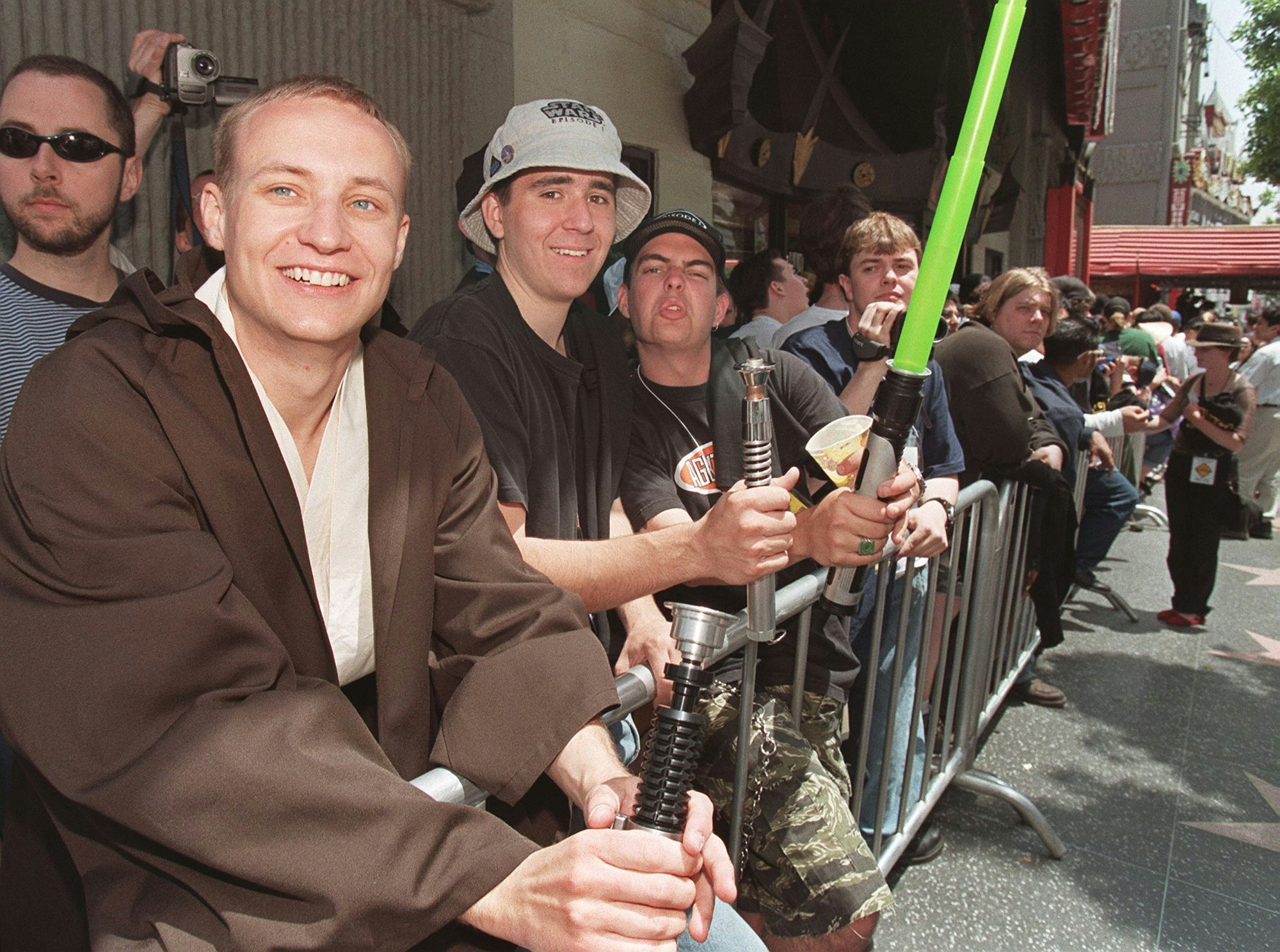
In the 1977 film, Obi-Wan tells Luke, “You’ve taken your first step into a larger world.” Twenty-two years later, The Phantom Menace defined that larger world more than any of the Star Wars films had before. This fact, more than anything, describes the complex and contradictory nature of the prequel backlash: We all wanted more Star Wars in 1999, but we weren’t sure what we wanted, exactly.
One thing everyone can agree on is this: The Star Wars prequels created several new ways to play in the galaxy far, far away. Even if we didn’t like the story on screen, we had new ways to dream up our own adventures.







